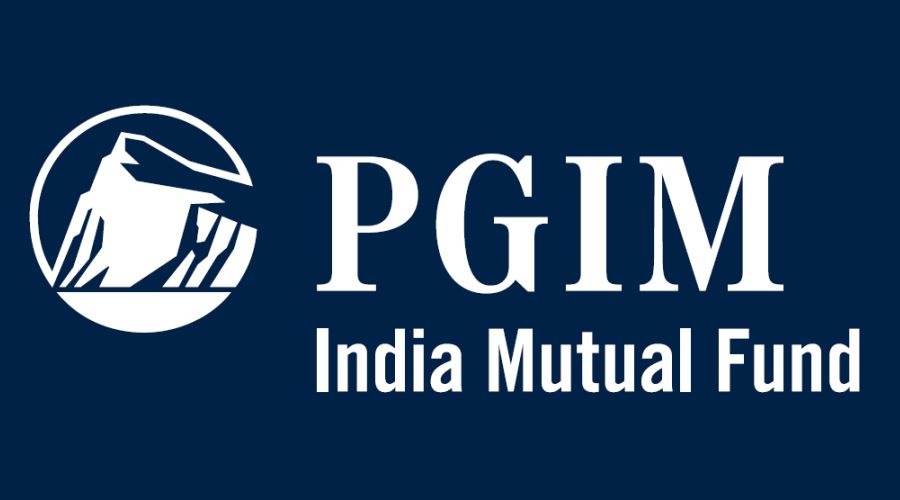Market Commentary
Despite being the 4th largest economy India has one of the highest economic growths in the world - PGIM India MF
Posted On : 2025-05-15 10:16:50( TIMEZONE : IST )

Equity Outlook by Vinay Paharia, CIO, PGIM India Mutual Fund
The Nifty surged for the second consecutive month and was up 3.5%. The Mid-Cap and Small-Cap indices also joined the rally and were up 4.7% and 2.2%, respectively. Almost all the sectors ended in green, except metals and IT, which declined 5.8% and 3%, respectively. The Consumer Durables, Oil & Gas and FMCG sectors were up above 5%.
The key developments in April were:
(1) The Reserve Bank of India (RBI) announcement of Open Market Operation (OMO) purchase to inject liquidity.
(2) The US President announced a sweeping set of reciprocal tariffs on April 2; however, on April 9, he announced a 90-day pause on reciprocal tariffs for all except China.
(3) The RBI reduced the repo rate by 25 bps to 6% and shifted its stance to accommodative.
(4) The Indian Meteorological Department (IMD) predicted above-normal monsoon rainfall this year-expected at 105% of the long-period average, with a 5% margin of error.
(5) The RBI relaxed Liquidity Coverage Ratio (LCR) guidelines which is expected to enhance credit availability and support growth in the banking and financial sectors.
(6) The International Monetary Fund (IMF) lowered India's FY2026 Gross Domestic Product (GDP) growth projection to 6.2%, down from its earlier estimate of 6.5%, citing growing global trade tensions and economic uncertainty.
(7) The US President indicated that tariff talks with India are going great.
Foreign Portfolio Investors (FPIs) bought $1bn of Indian equities in the secondary market, whereas Domestic Institutional Investors (DIIs) bought $3.1 bn. The rupee rebounded for a second consecutive month by 1.3% in April and is down 1.6% YoY. India 10Y yields were down 30bps Month-on-Month (MoM) at 6.35%.
On the economy front, March Consumer Price Index (CPI) inflation moderated to 3.3% year-on-year (YoY) compared with 3.6% in February; Wholesale Price Index (WPI) inflation for March was at 2.0% YoY compared with 2.4% in February and Index of Industrial Production (IIP) growth in February fell to 2.9% from 5% in January due to a broad-based decline across sectors.
Non-Food credit growth came in at 11.0% YoY as of Mar-25, led by Services (12.4% YoY), Retail (11.6% YoY) and Agri (10.4% YoY) sectors. Industry credit growth improved to 7.8% YoY. Auto sales (wholesales) in Apr 2025 saw lackluster growth across the board, mirroring the situation in retail registrations. Passenger Vehicle (PV) wholesales grew 7% YoY, better than retail growth of 2% as there was inventory destocking in the YoY base.
This results season, of the 153 Nifty 500 companies that reported results thus far, 4Q cumulative revenue grew by 5% YoY and Quarter-on-Quarter (QoQ) while 4Q cumulative Net Adjusted Earnings at Rs 2.03 trillion grew 5% YoY and 6% QoQ. 99 non-BFSI companies' 4Q cumulative revenue grew by 5.6% YoY and 4.7% QoQ while 4Q Net Adjusted Earnings at Rs 1.06 trillion grew 7.5% YoY and 8.7% QoQ. Excluding commodity sectors, the cumulative revenue, and Net Adjusted Earnings for 81 Non-BFSI companies grew by 4.9% YoY / 0.7% QoQ. 54 BFSI companies' 4Q cumulative revenue grew by 3.5% YoY and 5% QoQ while 4Q Net Adjusted Earnings at Rs 9.7 trillion grew 2.7% YoY and 3.3 % QoQ.
Outlook
The markets have seen a rebound from the lows of Mar 25 even as we continue to see volatility, uncertainty, and a macro slowdown (retail/consumption growth has weakened). While there is a slowdown currently, we feel the consumption demand should see some improvement due to tax cuts, lower interest rates and lower inflation, resulting in increasing disposable incomes.
As Q4FY25 result season continues, we are seeing selective caution particularly in IT and FMCG. Financials are maintaining growth, but the possibility of some margin pressures cannot be ruled out. Lower crude oil prices could augur well for India due to our energy imports and would provide the government more fiscal headroom.
We are carefully watching the tariff scenarios unfold. While India appears to be in a sweet spot currently with respect to global trade, we are also mindful of the recessionary and growth impact on global economic growth due to tariffs.
Overall, we remain constructive about the India growth story while being mindful of short-term hiccups. Despite being the 4th largest economy, India has one of the highest economic growths in the world. We remain optimistic on financialization, premiumization of consumption, digital economy expansion, and healthcare sector growth.

 Provigil Surveillance Ltd receives LoA from IRCTC
Provigil Surveillance Ltd receives LoA from IRCTC Bazel International Ltd recommends 1:1 bonus issue
Bazel International Ltd recommends 1:1 bonus issue TMB Launches Online EPF Payment Facility
TMB Launches Online EPF Payment Facility Settlement of land disputes between NBCC India Ltd and the Government, NCT of Delhi
Settlement of land disputes between NBCC India Ltd and the Government, NCT of Delhi Laxmi Organic Industries Ltd clarifies on Lote facility
Laxmi Organic Industries Ltd clarifies on Lote facility